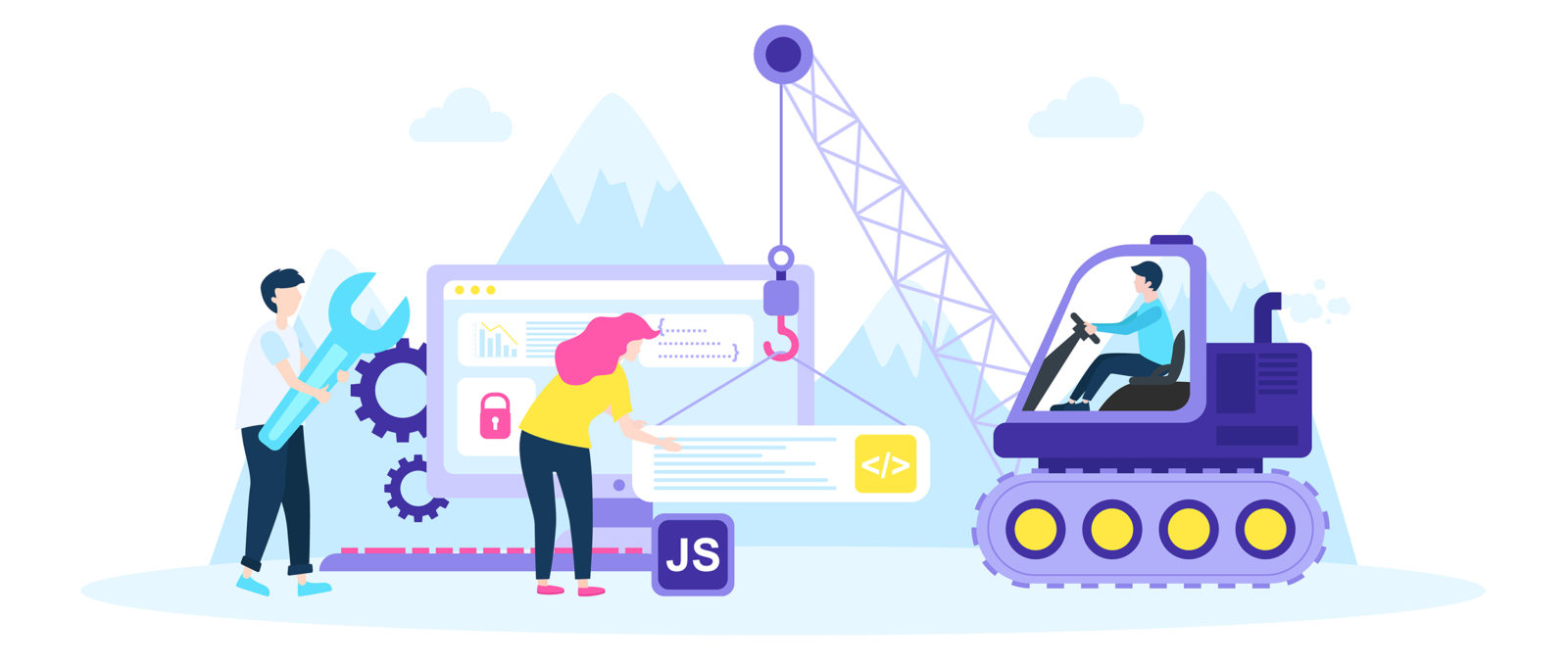The Advancement Of Website Style: From Past To Existing
The Advancement Of Website Style: From Past To Existing
Blog Article
Article Developed By-Monroe Vinson
In the past, sites were simple and concentrated on info. Navigating was straight, and layout was for desktops. Now, customer experience is vital. Information overviews designs for easy navigating. Responsive formats suit different devices. Today, dark setting decreases pressure, and minimalist food selections improve navigation. Interactive features engage users, and strong visuals stand out. AI combination boosts involvement. See how style has actually advanced to boost your on-line journey.
Very Early Days of Web Design
In the very early days of web design, simpleness preponderated. Websites were fundamental, with minimal shades, font styles, and formats. The focus was on providing details instead of fancy visuals. Users accessed the web through slow-moving dial-up links, so speed and functionality were essential.
Navigating food selections were straightforward, commonly situated at the top or side of the web page. Web sites were made for home computer, as mobile browsing wasn't yet common. Material was king, and developers focused on very easy readability over complicated design aspects.
HTML was the main coding language utilized, and developers had to work within its constraints. Computer animations and interactive features were marginal contrasted to today's requirements. Sites were fixed, with little dynamic content or personalized individual experiences.
Increase of User-Focused Design
With the development of site design, a shift in the direction of user-focused layout principles has actually come to be progressively noticeable. Today, developing sites that focus on user experience is essential for involving visitors and achieving service objectives. User-focused layout involves comprehending the demands, preferences, and behaviors of your target audience to tailor the web site's format, web content, and includes as necessary.
Developers currently perform complete research, such as individual surveys and usability testing, to gather understandings and comments directly from individuals. This data-driven approach aids in creating user-friendly navigating, clear calls-to-action, and visually enticing interfaces that resonate with visitors. By putting the customer at the facility of the design procedure, sites can deliver a much more tailored and pleasurable experience.
linked website has actually likewise emerged as an essential facet of user-focused layout, making certain that sites are maximized for numerous tools and screen sizes. This versatility improves ease of access and functionality, catering to the varied means users communicate with internet sites today. Basically, the surge of user-focused style represents a shift towards developing digital experiences that prioritize the requirements and assumptions of the end customer.
Modern Trends in Web Design
Discover the latest patterns forming website design today. One noticeable pattern is dark mode layout, providing a sleek and contemporary look while reducing eye stress in low-light settings. Another key fad is minimalist navigation, streamlining food selections and boosting customer experience by concentrating on essential elements. Including micro-interactions, such as computer animated buttons or scrolling effects, can produce an extra appealing and interactive site. Responsive design continues to be crucial, making certain smooth customer experiences across various gadgets. In addition, using strong typography and asymmetrical formats can add visual interest and accentuate certain web content.
Integrating AI modern technology, like chatbots for client support or tailored recommendations, improves individual involvement and streamlines processes. Ease of access has also become a considerable trend, with developers focusing on comprehensive style techniques to accommodate diverse customer requirements. Welcoming sustainability by optimizing website efficiency for speed and performance is another arising fad in web design. Teaming up with individual responses and data analytics to repeat and boost layout continuously is necessary for staying appropriate in the ever-evolving digital landscape. By accepting these contemporary trends, you can produce an aesthetically appealing, easy to use internet site that reverberates with your target market.
https://internet-marketing-books54208.blog-gold.com/36726168/discover-the-essential-techniques-that-all-small-company-owners-must-be-of-to-boost-their-on-the-internet-visibility-and-pull-in-a-bigger-consumer-base-via-making-use-of-regional-search-engine-optimization
As you review the evolution of internet site layout from the early days to now, you can see how user-focused design has actually come to be the driving pressure behind modern-day patterns.
Accept the journey of adjustment and adjustment in website design, constantly keeping the user experience at the forefront.
Stay current with the current trends and modern technologies, and never ever stop developing your technique to produce visually magnificent and user-friendly websites.
Advance, adjust, and develop - the future of web design remains in your hands.
